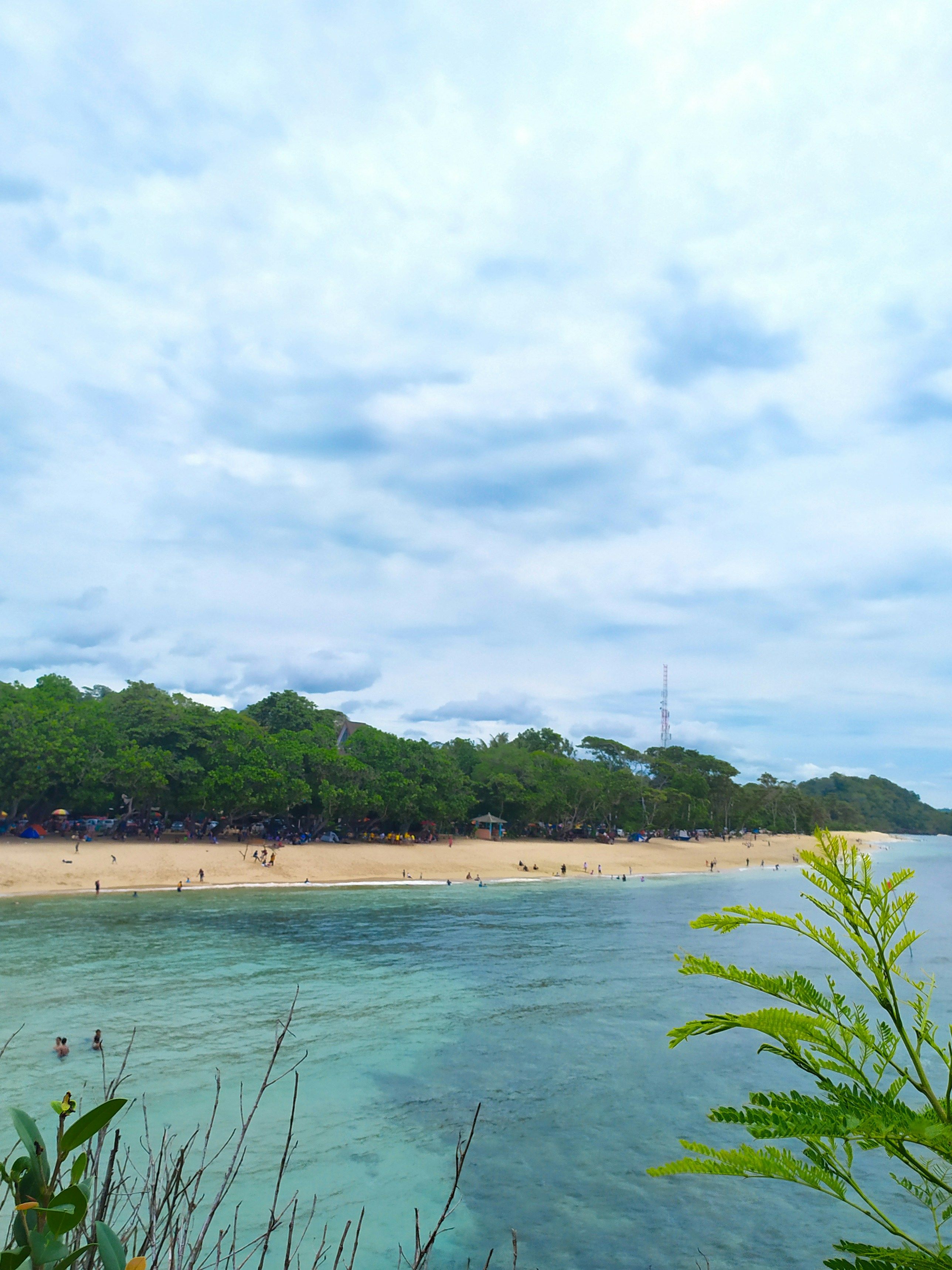2025 Venice Architecture Biennale - Embracing the Era of Adaptability
Strolling Through the Apocalyptic Scenography: Venice Biennale 2025
Welcome to the 2025 Venice Biennale of Architecture, where the entryway greets you with a haunting atmosphere. The air is thick with humidity, and dim lights reflect off swirling pools of what appears to be oil. This is a chilling welcome to a world on the brink. Carlo Ratti, curator of this year's event, presents a grim picture of a planet grappling with climate change and rising waters. The message is clear: it's time to adapt.
Leaving the oppressive entrance behind, you step into the Arsenale, a theatrical labyrinth that offers no promises of salvation. Instead, you find displays of nature encapsulated in glass, robots with humanoid faces, endless scrolls of text that assault the eyes, and disembodied heads floating on screens. This event is more than just an exhibition; it's a tech-infused experiment, combining top minds from biology, IT, physics, and even a few architects. The result is nothing short of bleak. In this world, humanity seems a malady on Earth, and post-carbon futures are characterized by repair, remaking, and persistent paranoia.
Architecture plays a peripheral role here. At times, its presence is reminiscent of a teenager's technologically-enhanced bedroom, with dark hues, screen-mediated spaces, and sophisticated gadgets. Other times, it appears ready to confront challenges head-on. Occasionally, the mood shifts dramatically, hinting at a deep desperation over architecture's struggle to make a meaningful difference. This is a field that, at its intellectual core, is deeply anxious about its reliance on capital, carbon, and extraction, but at its roots, it's gung-ho about large-scale transformation.
Ratti's chosen title, "Intelligens. Natural. Artificial. Collective," actuallyrepresents three themes, not one. Nature, here, is barren and devoid of agency. Artifice? Absolutely, in abundance. Collectively, though, Ratti truly shines; this biennale boasts more participants than ever.
Interspersed among the gloom, interesting nuggets catch your eye. A temple for elephants, designed by Thai architect Boonserm Premthada using dung discs, is one such example. A large, curving wall designed to demonstrate the similarity between human and microbial populations is another. Yet, much of what you see resembles concepts you've encountered before: acragess of worthless 3D-printed sludge, knitted shelters, sculpted trees, and microbial structures— none of which seem destined for real-world impact.
The finale isn't exactly uplifting. You're left staring at a NASA spacesuit and a small collection of items related to future human life on Mars. The message here seems off-track: regardless of the hardships Earth might endure, surely life on Mars can't be worse, right?
Stepping back into the sunlight after navigating the dark exhibition, the shimmering waters of the lagoon and the decaying boatyard serve as a stark contrast. They're a reminder of a time when architects built spaces that were both adaptable and breathtakingly beautiful, without the burden of existential angst.
A few national pavilions stand out from the crowd. Belgian architect Bas Smets provides a beacon with his miniature forest, where the feeling of cooling air is a welcome change. The Spanish pavilion attempts something new by focusing on sustainable and local material supply chains in their exhibition of good new buildings. The Romanian pavilion brings a delightful touch of nostalgia, showcasing twentieth-century architectural drawings and bringing them to life with subtle murals.
Humor is notably absent from this year's Biennale, yet it's a welcomed contrast in the Polish pavilion, which builds security-themed installations with a playful twist. The British pavilion presents an explosion of ideas, but their connection to one another remains questionable. A theme of the Middle East is present, with a glaring absence of Gaza elsewhere. The Uzbekistan pavilion captivates with its exploration of the heliocomplex "The Sun," while the US pavilion grapples with the concept of the porch as a symbol of welcome in the current political climate.
Water, a growing concern for Venice, features prominently in this edition. The Chilean pavilion offers insights on the cost of AI through a reflection on water use and data centers, while British architect Nigel Coates presents a post-industrial fantasy cityscape, "Margherissima," that addresses issues of toxic land and polluted waters.
In short, the 2025 Venice Biennale is a haunting exploration of a future that hangs in the balance. It's a stark reminder of the challenges humanity faces and an invitation to rethink our approach to architecture. Stick around until November 23, and don't forget to explore the latest stories on FT Weekend by following us on Instagram, Bluesky, and X, and signing up for our newsletter.
[1] Biennale Architettura 2025: Curatorial Statement. (n.d.). Retrieved July 7, 2022, from https://www.labiennale.org/en/architecture/2025
[2] Ciarmela, A. (2022, January 18). Venice Art Biennale 2025: themes, artists and pavilions. The Art Newspaper. Retrieved July 7, 2022, from https://www.theartnewspaper.com/archive/venice-biennale-2025-themes-artists-and-pavilions
[3] Bonini, L. (2022, January 18). Venice Art Biennale 2025 focus on climate change and AI. The Art Newspaper. Retrieved July 7, 2022, from https://www.theartnewspaper.com/archive/venice-biennale-2025-focus-on-climate-change-and-ai
[4] Leach, R. (2022, January 19). Venice Architecture Biennale 2025: Carlo Ratti to curate edition focused on artificial intelligence and climate change. Dezeen. Retrieved July 7, 2022, from https://www.dezeen.com/2022/01/19/venice-architecture-biennale-2025-carlo-ratti-curator-intelligens-natural-artificial-collective-edition-focus-climate-change-ai/
[5] Will, K. (2022, January 18). Venice Architecture Biennale 2025 to explore intelligence and artificial evolution. Dezeen. Retrieved July 7, 2022, from https://www.dezeen.com/2022/01/18/venice-architecture-biennale-creation-intelligens-natural-artificial-collective-curator-carlo-ratti/
- Despite the bleak futuristic scenarios in the Venice Biennale 2025, a glimpse of hope can be found in the form of nature encapsulations, such as Boonserm Premthada's temple for elephants, showcasing the potential harmony between technology and life.
- The home-and-garden segment of one's lifestyle could draw inspiration from the Belgian pavilion in the 2025 Venice Biennale, where Bas Smets' miniature forest offers a serene atmosphere, reminding us of the importance of green spaces in a rapidly changing world.




